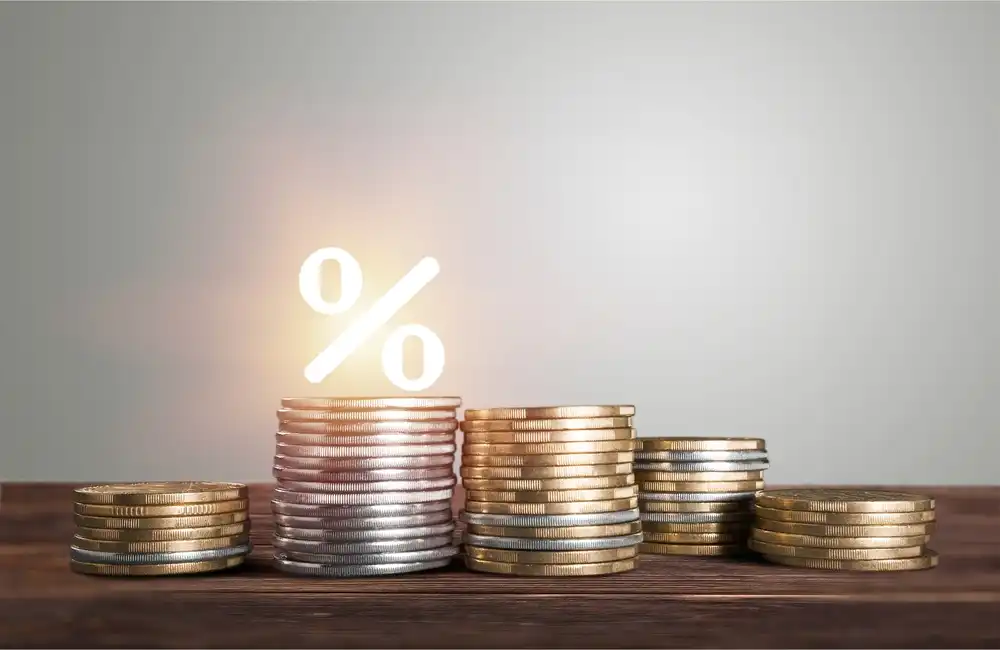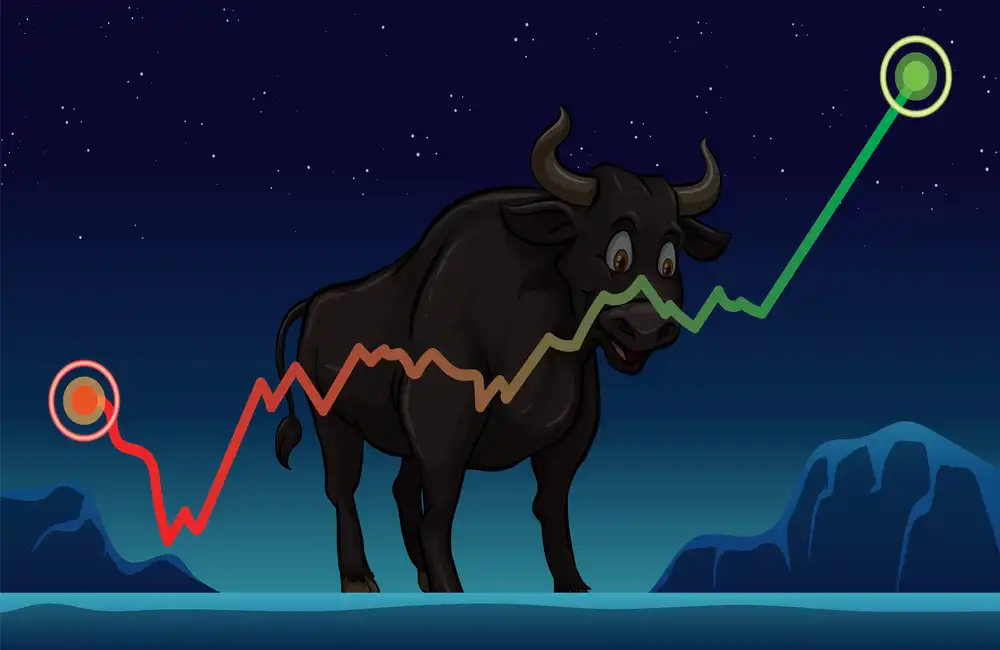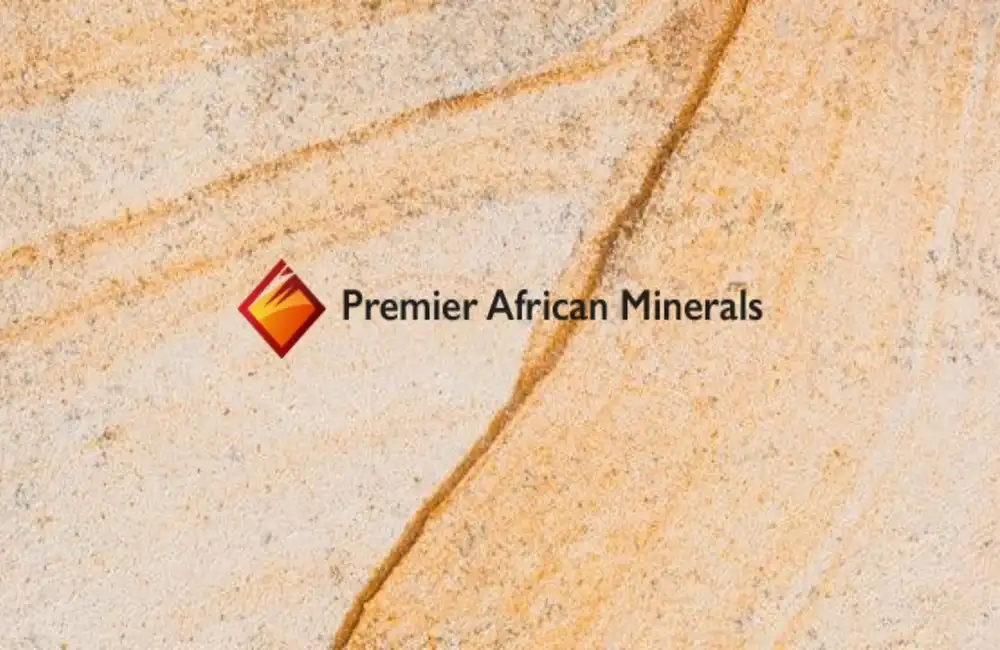Copper prices have declined roughly 30% from their peak on April 4. “Dr Copper” is often quoted for its ability to diagnose the state of the global economy.
What's happening? Copper prices have declined roughly 30% from their peak on April 4. “Dr Copper” is often quoted for its ability to diagnose the state of the global economy. The fall in copper and other industrial metals prices implies momentum in the economy is stalling. Nevertheless, inflation fears persist, exemplified by the Eurozone's reported new record for its June inflation reading at 8.6%, and the US consumer price index rising at around 9%, with food and energy keeping pressure on inflation higher. The copper price-to-gold price ratio (or more generally, to the precious metal price ratio) has an amazing correlation with nominal interest rates.
What's next? Is a recession being diagnosed by Dr Copper? Whether that’s the case is yet to be seen, but it does present a warning signal of a slowing economy, analysts said. As a result, nominal interest rates for long-dated US treasuries have already started to come down. The 10-year US treasury rates have dropped from their mid-June high of almost 3.5%, to 3.0% as recently as last week, despite the US Fed and other central banks normalizing and raising policy rates. This creates a flatter yield curve structure if not some outright inversion, which does remain another warning light. Additional weakness in copper prices, especially relative to precious metal prices, would imply long-run interest rates can keep falling, while central banks might start to question how quickly to restore a normal short-term-rate structure.
2. Oil run-up propelled higher by US dollar strength, now belittling decline
What's happening? Since bottoming out in January 2021, the US dollar has rallied about 10%-20% depending on which dollar index you follow. A broad measure has strengthened the least, and a narrower measure tracking movement against the euro, British pound, and Japanese yen has shown the most strength. The distortion has worsened the run-up in oil prices, driven above $100 a barrel after Russia invaded Ukraine and pressed higher since, and is particularly acute in some of that divergence. Dated Brent was up to nearly $137 in early March, from about $95/b before the invasion. When adjusted for the strength of the dollar, on a narrowly focused currency basis, that increase even hit an adjusted peak value at slightly less than $152/b in early March.
What's next? Dated Brent values have fallen back from early March highs, with July values averaging about $113/b; however, when adjusted for the strength of the dollar, the price has fallen back from a peak level of about $152/b to about $131/b most recently, although the July monthly average equivalent is still running just above the $150/b mark, indicating that further US dollar strength is curtailing a decline in crude prices, Analytics said. The mere fact that prices can be sustained at higher levels because of forex and dollar strength is preventing a complete pass-through of the lower Dated Brent prices witnessed since the start of March. So any advantage from lower prices in spurring demand is being watered down, and the outlook for economic momentum appears to be increasingly uncertain, which in turn could also undermine oil demand.
3. Nord Stream flows remain uncertain
What's happening? European gas prices have climbed sharply since Russia’s state-controlled Gazprom reduced flows through the Nord Stream pipeline to Germany to only 40 percent of capacity in mid-June. And on July 11, flows through Nord Stream were halted entirely as the pipeline entered its annual maintenance shutdown, which is scheduled to end on July 21. Gazprom has previously said it was forced to reduce flows in Nord Stream because of delays to the return of a key gas compressor turbine after maintenance by Siemens in Canada.
What's next? There are fears in Europe that the Nord Stream line may not return after maintenance work, or deliver lower flows than anticipated. It is also not clear when the turbine will be sent back to Russia or if all relevant protocols are in place




















